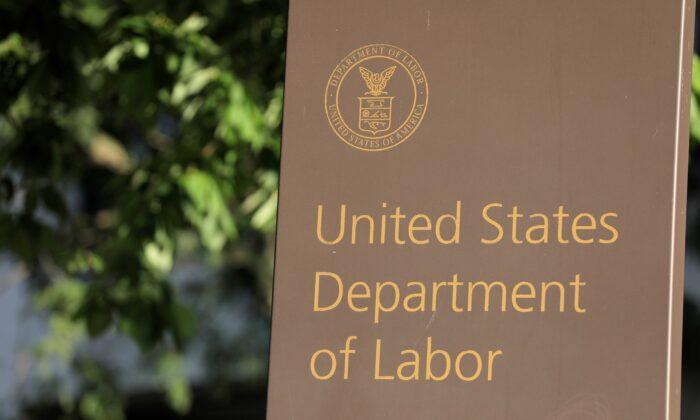The number of Americans filing initial jobless claims rose to a six-month high last week, government data show, while a separate report showed that the number of job cuts jumped 57 percent month-over-month in June, suggesting demand for labor is cooling.
While the numbers suggest some clouding of the job market, some analysts said they’re not yet ringing recessionary bells.
‘Financial Pressures and Slowing Demand’
A separate report from global outplacement firm Challenger, Gray & Christmas, released July 7, showed layoffs jumping 57 percent to 32,517 in June from 20,712 in May.“Employers are beginning to respond to financial pressures and slowing demand by cutting costs,” Andrew Challenger, senior vice president at Challenger, Gray & Christmas, said in a statement. “While the labor market is still tight, that tightness may begin to ease in the next few months.”
The automotive sector announced the most cuts in June (10,198), with the year-to-date total representing a 155 percent increase from the year-earlier period.
‘Caught in the Squeeze’
While concerns about inflation have dominated headlines and sent U.S. consumer sentiment plunging to historical lows, recession fears have been on the rise as the Federal Reserve has set out on an aggressive tightening cycle in a bid to cool prices.Bankrate senior economic analyst Mark Hamrick told The Epoch Times in an emailed statement that Fed rate increases and persistently high inflation pose a challenging backdrop for the labor market.
‘An Even More Restrictive Stance’
Minutes from the latest Federal Reserve meeting showed policymakers determined to get a handle on runaway prices and prevent higher inflation expectations from becoming entrenched, even as signs of economic cooling have emerged.“Participants concurred that the economic outlook warranted moving to a restrictive stance of policy, and they recognized the possibility that an even more restrictive stance could be appropriate if elevated inflation pressures were to persist,” the minutes state.
Despite the rise in recession expectations, the Bankrate survey suggests the labor market is robust enough to withstand the Fed’s rate hikes without pushing unemployment up too high, by historical standards.
“Countering the current dour mood, the consensus of the economists surveyed by Bankrate is that the job market should weaken only slightly over the next year with the unemployment rate rising to 4.2 percent by June 2023,” Hamrick said.
“Humility is called for, however, since the many remarkable developments over the past couple of years have shown the imperfect ability to predict much beyond the near-term.”
The JOLTS report also shows there are nearly two job openings for every unemployed person, suggesting a relatively tight labor market.





